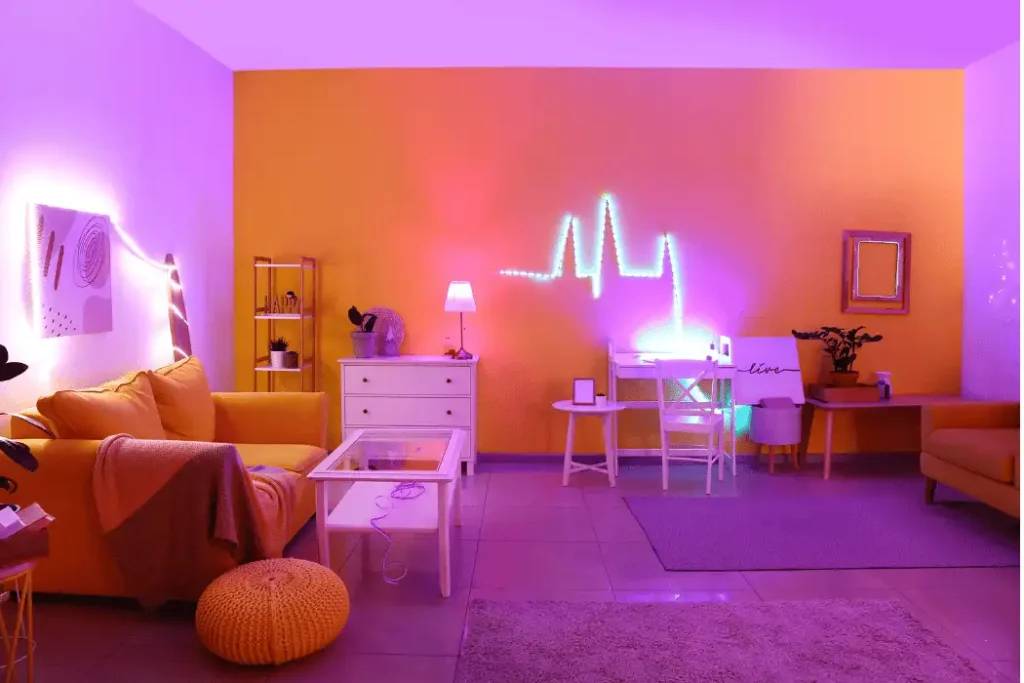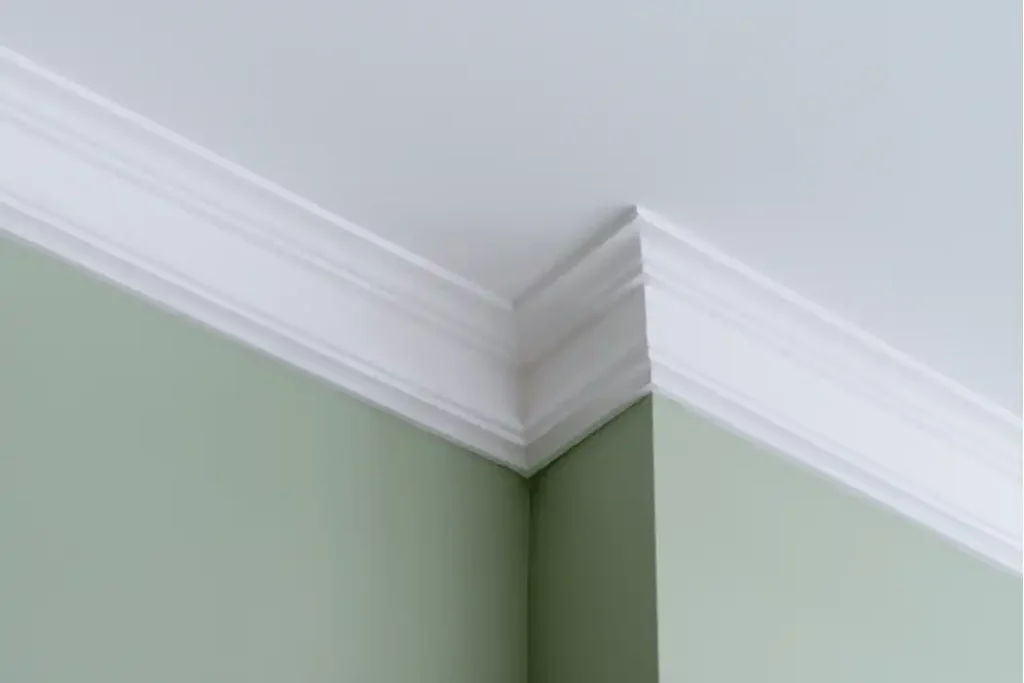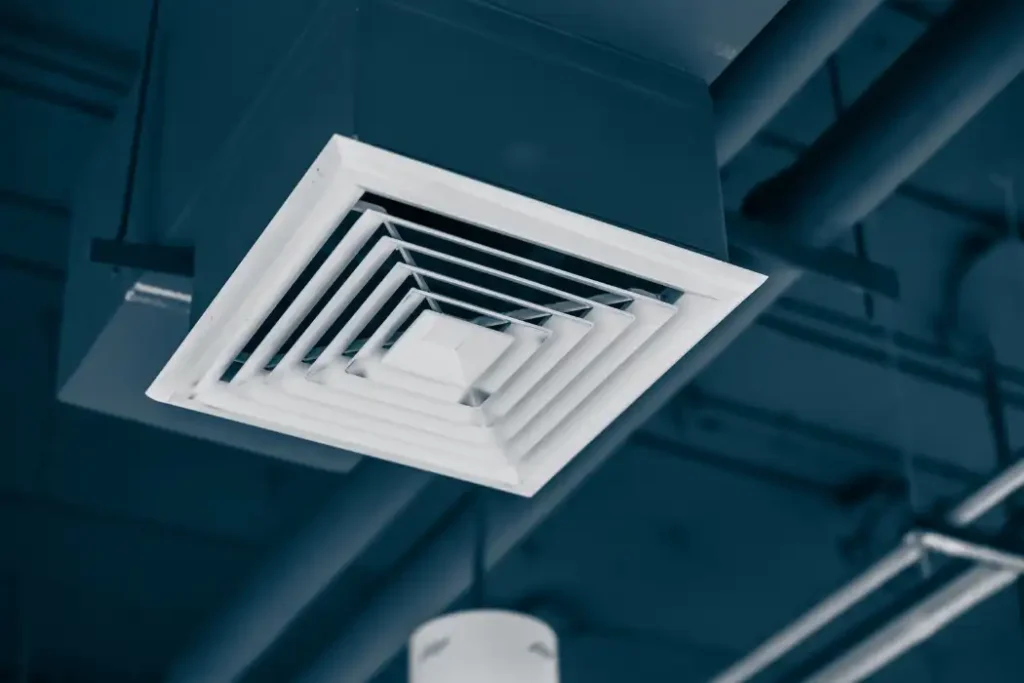Are you looking for innovative solutions to conceal unsightly ductwork in your home? In this blog, we’ll explore creative ways to hide ductwork while enhancing the aesthetic appeal of your living space. Whether you’re dealing with exposed ducts in your basement, loft, or commercial space, these ideas can help you transform your ceiling into a visually pleasing element of your interior design. Discover how simple techniques like painting, installing false cabinets, or using custom neon signs can turn your ductwork into an attractive feature that complements your decor.
Straightforward and Creative Ways to Hide Ductwork
An exposed ductwork ceiling diminishes the home’s visual appeal and constrains ceiling renovation possibilities. Fortunately, there are inventive methods to conceal ductwork in your residence. These range from crafting a tray ceiling or utilizing alternative materials to mask the unsightly ductwork, to implementing false cabinets to minimize exposure.
Read more about Bathroom renovation techniques.
Before embarking on the task of concealing exposed ductwork, ensure you’ve changed the filters and inspected for any HVAC ductwork openings, as detailed in this post. Dirty ductwork can significantly contribute to allergies, respiratory issues, and increased dust accumulation in the home. Once the HVAC ductwork is clean, you’re ready to proceed.
Selecting one of these twelve ideas depends on several factors. Firstly, consider your budget: what are you willing to invest in hiding the exposed ductwork? Secondly, assess your ceiling height: basements typically have lower ceilings, while lofts or retail spaces may boast higher ceilings. Thirdly, consider your decorating style: if you prefer an industrial aesthetic, leaving some ductwork exposed may complement it well, whereas if you lean towards a more traditional style, covering the home’s mechanics might be preferable.

Here are a few creative ways to hide ductwork
1. Craft a tray ceiling
Request your contractor to frame a border around the ceiling, forming a central tray that serves as a focal point for the room. However, consider the placement of furniture in the room when designing the tray ceiling. Enhance the area’s visual appeal by painting the tray a different color from the ceiling. Alternatively, maintain uniformity by painting both the tray and ceiling the same color.
This approach is particularly effective if you have sufficient ceiling height, imparting a traditional and sophisticated ambiance to the room. Tray ceilings are commonly found in master bedrooms, living rooms, and dining rooms. They also add a stylish touch to entertainment rooms or spaces featuring a pool table.
2. Utilize personalized neon signs
It’s not always easy to come across concealed ducts that align with the overall style of your home. Moreover, making significant modifications around the pipes can be expensive. In such cases, opting for custom neon signs to conceal the pipes can be a viable solution.
Neon lights can effectively mask a significant portion of your pipes while also adding decorative flair. These lights can be tailored to precisely fit the shape and dimensions of your house’s pipes.

3. Utilize wall chases
This method stands out as one of the most inventive ways to conceal vertical ductwork in your home. If your duct installer positioned the system on the wall, it might pose a greater challenge to conceal compared to those on the ceiling. Nevertheless, wall chases effectively reduce the duct’s visual impact on the room. Frame the vents with wooden boards, then conceal them with drywall and paint that matches the wall color.
4. Conceal behind panels and crown molding
At times, installing false cabinets can pose challenges, especially if you lack sufficient ceiling height for a drop-down option. Nevertheless, there’s a stylish solution to hide ductwork that’s cost-effective and time-saving.
Some homeowners opt to paint the ductwork the same color as their cabinets, finishing off with crown molding. These panels create the illusion of added depth to the room, enhancing its visual appeal and consequently increasing the value of your home.

5. Craft simulated rafters
Interestingly, you can fashion faux rafters even in the absence of ductwork. Construct long, evenly spaced sections to mimic rafters. This method is less complex than lowering the entire ceiling and is particularly effective when trimmed without molding. Rafters can serve to conceal AC ducts or unsightly joists, giving the ceiling a more polished appearance.
6. Employ Truss Joist I-Beams
Truss Joist I-Beams can enhance the value of your ductwork by incorporating it into your design scheme. Rather than concealing it, this installation transforms the ductwork into a distinctive design element. It’s an ideal choice for homeowners who appreciate industrial or steampunk interiors.
7. Utilize soffits and columns
Soffits and columns represent a straightforward and functional approach to concealing ductwork, albeit lacking in creativity. However, if cost-effectiveness is a priority, they are worth considering for hiding ductwork in your home.
8. Set up a suspended ceiling
A drop ceiling, positioned beneath the main roof, serves as a secondary ceiling especially around ductwork. In homes with high ceilings, a drop ceiling can enhance air circulation, reducing stuffiness and creating a more comfortable environment. When crafted and installed thoughtfully, a drop ceiling with exposed ductwork provides an effective means to conceal an unattractive ceiling.
9. Apply paint to the ducts
If your pipes and beams remain visible, think about painting the ductwork in vibrant colors. This not only enhances the aesthetics but also prolongs the lifespan of your system. Painting just the pipes can create a particularly intriguing look, especially in a commercial setting or your child’s playroom.

10. Paint the entire ceiling surface
You may not always find concealed ducts that match your style, and extensive remodeling can be prohibitively expensive. However, utilizing a paint sprayer to coat the entire ceiling in a single, solid color can impart a distinctive modern ambiance while reducing the labor and materials required. Painting it all white enhances brightness and creates the illusion of heightened space in the room. Conversely, opting for a dark or black color adds a moody atmosphere and helps obscure objects on the ceiling.
Is it preferable to insulate or leave your exposed ductwork as is?
In many cases, ductwork is made from thin materials that can degrade when exposed to direct sunlight. Insulating the exposed ductwork using creative concealment methods can reduce air leakage and help maintain the system at optimal temperatures. Insulation also aids in preventing heat loss.
As air flows through your cooling system, it can condense within the ductwork, leading to moisture accumulation and the growth of mold and mildew over time. To prevent condensation, consider using high-quality insulation, which can also help lower energy costs.
Conclusion
when it comes to concealing ductwork, creativity truly knows no bounds. From tray ceilings to custom neon signs, there are numerous inventive solutions to transform unsightly ducts into seamless elements of your home’s design. Whether you opt for faux rafters, wall chases, or a suspended ceiling, the key is to find a method that not only hides the ductwork but also enhances the overall aesthetic appeal of your space. By exploring these creative ways to hide ductwork, you can achieve a stylish and functional home environment that reflects your unique taste and personality.


